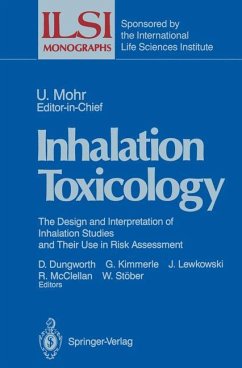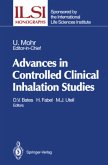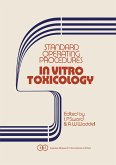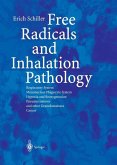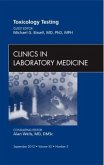The International Life Sciences Institute (ILSI), a nonprofit, public foundation, was established in 1978 to advance the sciences of nutrition, toxicology, and food safety. ILSI promotes the resolution of health and safety issues in these areas by sponsoring research, conferences, publications, and educational programs. Through ILSI's programs, scientists from government, academia, and industry unite their efforts to resolve issues of critical importance to the public. As part of its commitment to understanding and resolving health and safety issues, ILSI is pleased to sponsor this series of monographs that consolidates new scientific knowledge, defines research needs, and provides a background for the effective application of scientific advances in toxicology and food safety. Alex Malaspina President International Life Sciences Institute Contents Series Foreword . . . . . . . . . . . . . . . . . . . . . . . . . . . . . . . . . . . . . . . . . . . . . . v Contributors . . . . . .. . . . . . . . . . . . . . . . . . . . . . . . . . . . . . . . . . . . . . . . . . . xi Part I. Approaches to Assessing the Toxicity of Airborne Toxicants Chapter 1. Standard-Setting as an Integrative Exercise: Alchemy, Juggling, or Science? . . . . . . . . . . . . . . . . . . . . . . . 1 D. v. Bates Chapter 2. Species Differences in Inhalation Toxicology: Variations in Exposure-Dose Relationships and Macrophage Function. . . . . . . . . . . . . . . . . . . . . . . . . . . . 11 J. D. Brain Chapter 3. Cell Populations of the Respiratory System: Interspecies Diversity in Composition, Distribution, and Morphology . . . . . . . . . . . . . . . . . . . . . . . . 25 e. G. Plopper, A. Mir, J. St. George, N. Tyler, A. Mariassy, D. Wilson, S. Nishio, D. Cranz, J. Heidsiek, and D. Hyde Chapter 4. Comparative Metabolic Basis for the Disposition and Toxic Effects of Inhaled Materials . . . . . . . . . . . . . . . . . 41 A. R. Dahl Part II. Methodological Issues in Designing and Conducting Studies with Laboratory Animals Chapter 5. Exposure Facilities and Aerosol Generation and Characterization for Inhalation Experiments. . . . . . . . . .
Hinweis: Dieser Artikel kann nur an eine deutsche Lieferadresse ausgeliefert werden.
Hinweis: Dieser Artikel kann nur an eine deutsche Lieferadresse ausgeliefert werden.
